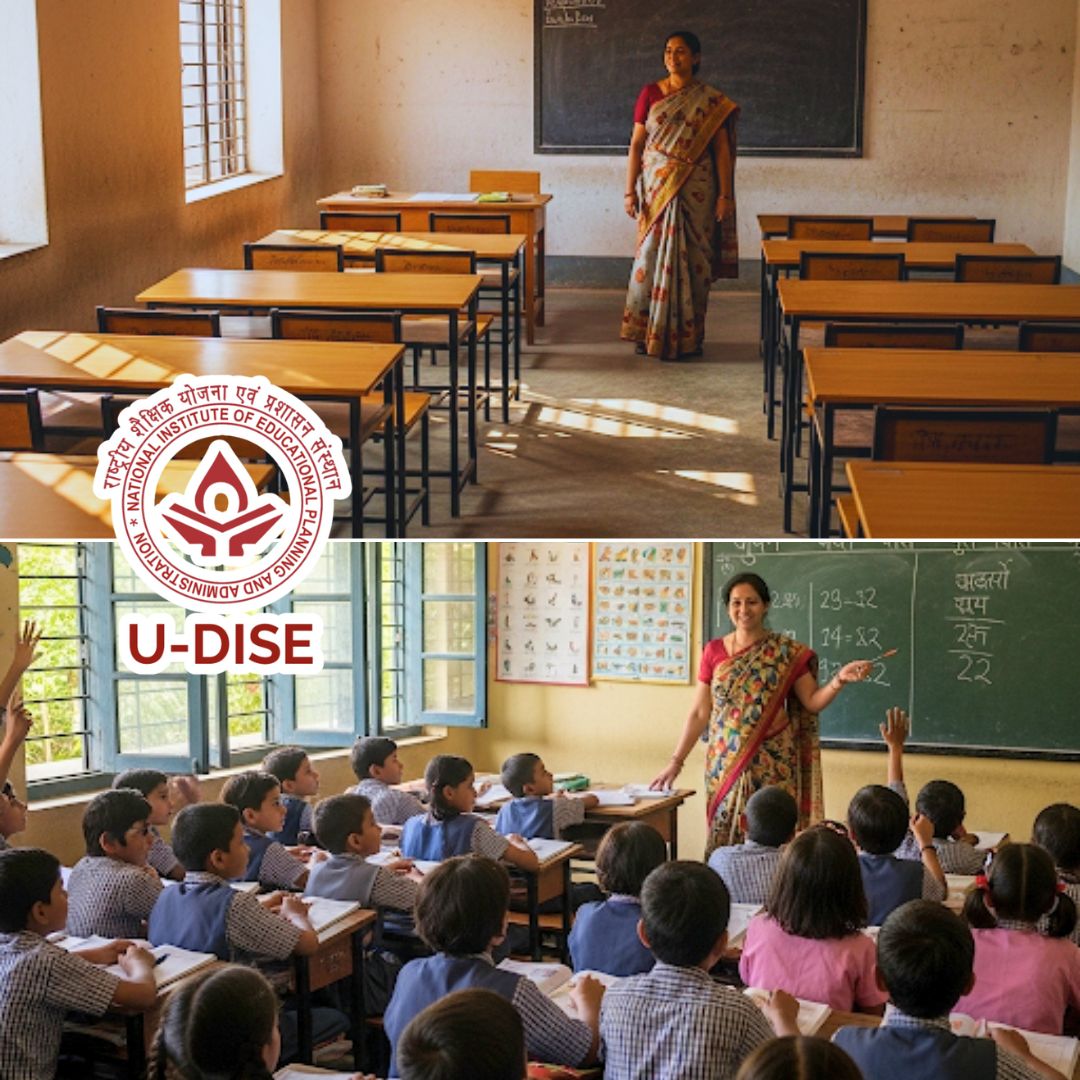The Karnataka government’s latest appointment of 308 teachers in 270 schools without students as highlighted in the UDISE+ report for 2024-25-has reignited debate over resource allocation and educational priorities.
Officials claim this move preserves access and hopes for enrolment, while critics point out persistent shortages in functional schools with significant student populations. The practice, though reduced from previous years, continues to draw attention to gaps in India’s evolving education landscape.
Teachers Posted to Empty Schools: Policy Meets Reality
According to the Department of School Education and Literacy, assigning teachers to schools with no students follows a policy of keeping these institutions operational, with the hope that communities might respond by sending their children for education.
“If teachers are present, parents might be persuaded to enrol their children,” an official explained, defending the decision as preparation for future admissions. V P Niranjanaradhya, noted educationist, adds, “Government cannot abolish posts easily; so sometimes teachers are allocated on paper but deputed elsewhere.”
Despite such reassurances, many active schools continue to report teacher shortages, affecting student learning outcomes. The allocation, while attempting to bridge rural and urban educational divides, exposes the complexities of demographic shifts, declining rural populations, and surplus infrastructure in certain areas.
Shifting Numbers: A Decline in Empty Schools and Systemic Challenges
Recent UDISE+ figures show an improvement from last year: schools with no students have dropped from 1,078 to 270, while the number of teachers posted to such establishments has decreased from 1,572 to 308. Karnataka’s 74,859 schools serve approximately 1.17 crore students, yet 7,349 single-teacher schools and over 2.2 lakh students in them emphasise the ongoing shortage.
At the same time, government has begun hiring tens of thousands of guest teachers to address shortfalls in other schools. The rapid appointment of 51,000 guest lecturers, of whom 40,000 serve primary and 11,000 serve high schools, is a short-term solution meant to support the learning needs of lakhs of students, especially in rural areas.
These guest teachers fill gaps created by delayed recruitment processes and changing population dynamics, ensuring that urban and rural children alike have access to education.
Impact and Forward Path: Navigating Policy, Equity, and Quality
The deployment of teachers (both regular and guest) to low-enrolment or zero-enrolment schools indicates the government’s intention to maintain educational infrastructure, support equitable access, and prevent closure of rural schools. However, critics note the risks of misallocation-qualified teachers remaining idle while neighbours struggle with overcrowded classrooms.
Guest teachers, paid monthly honorariums ranging from ₹12,000 to ₹20,000 depending on role and qualification, serve as an interim measure until permanent recruitment picks up. Nonetheless, these stopgap approaches underscore underlying issues: economic inequalities, inadequate teacher training, and bureaucratic delays that challenge the goals of NEP 2020 and Samagra Shiksha.
As students and educators continue to advocate for regularisation and fairer conditions, reform remains an urgent demand across Karnataka.
The Logical Indian’s Perspective
This incident not only underlines the complexity of educational planning amid shifting populations and administrative hurdles but also highlights India’s continued commitment to inclusivity in schooling.
At The Logical Indian, there is a call for empathetic reforms that prioritise genuine student need, rational resource management, and motivated teachers-whether regular, deputed, or guest.











